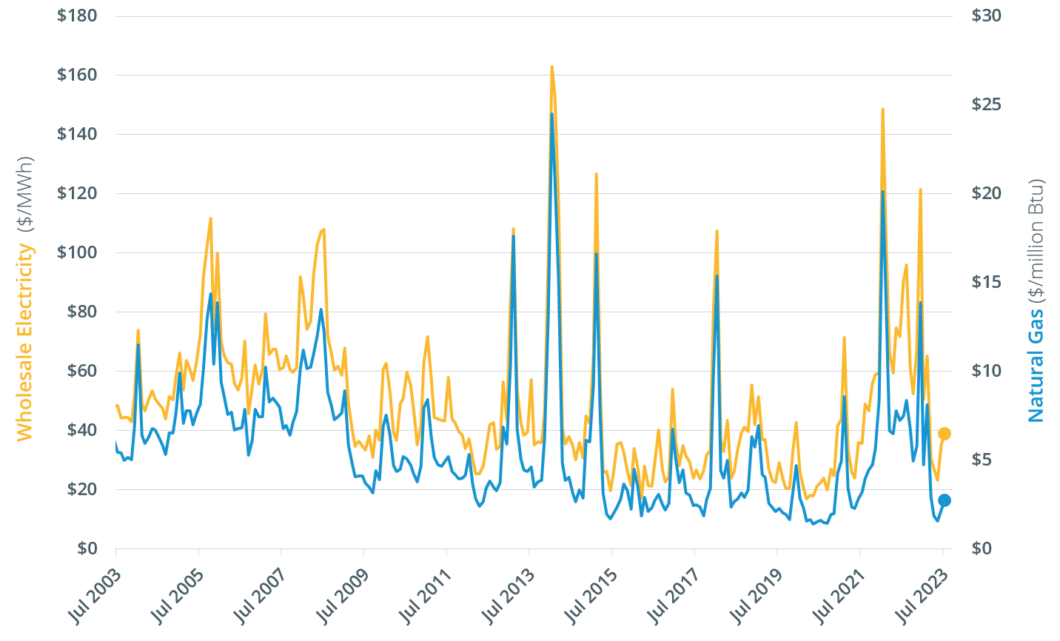The number of light-duty electric vehicles registered in the U.S. reached 2.13 million in 2021, according to federal data. The Energy Information Administration reports a "sharp increase from the less than 100,000 EVs on the roads in 2012". The lagging nature of this data set and continued growth in EV adoption mean that an even greater number of EVs are now registered in the U.S.
EIA's annual EV registration data is segmented into two categories: battery-electric vehicles (without any internal combustion engine) and plug-in hybrid electric vehicles (with both batteries and a traditional engine). Both categories show strong growth since 2012, with BEV adoption growing even faster in 2021.
Consistent with the recent growth of EVs, the average EV registered in the U.S. was 3.6 years old in 2021, considerably younger than the 11.1-year-old age of the average non-EV.
To explain the rise of EVs, EIA cites factors including changing consumer preferences and an increasing number of EV models, particularly in the "luxury" sector. EIA also notes the effect of government policies supporting beneficial electrification of the carbon-emission-intense transportation sector. Policies designed to increase EV uptake include purchase incentives like tax credits and rebates, zero-emission vehicle sales mandates, and fuel economy standards.






